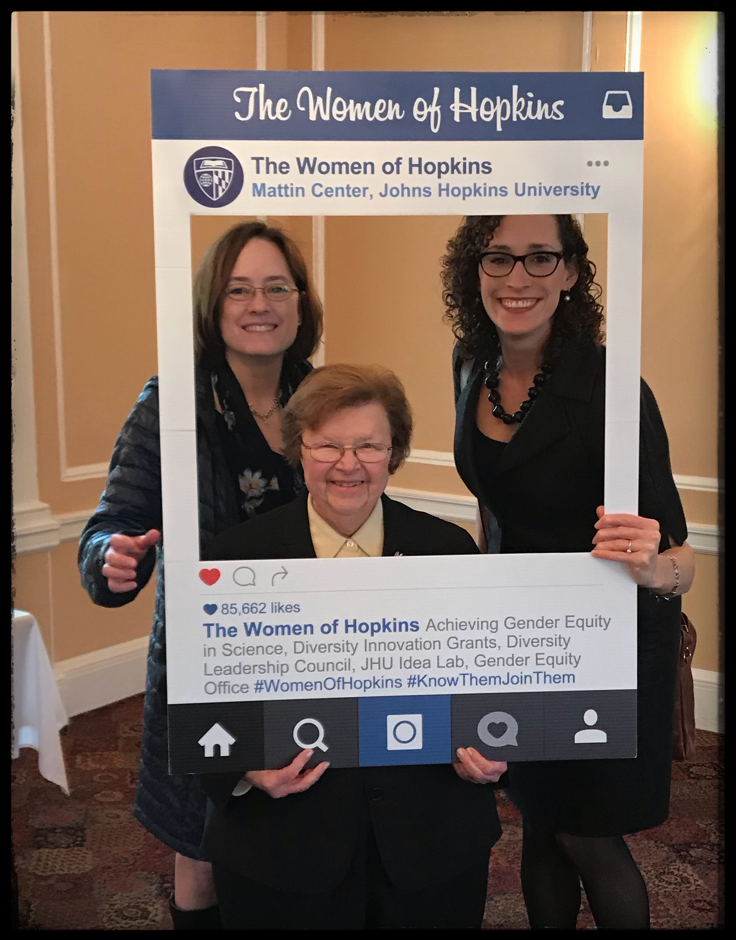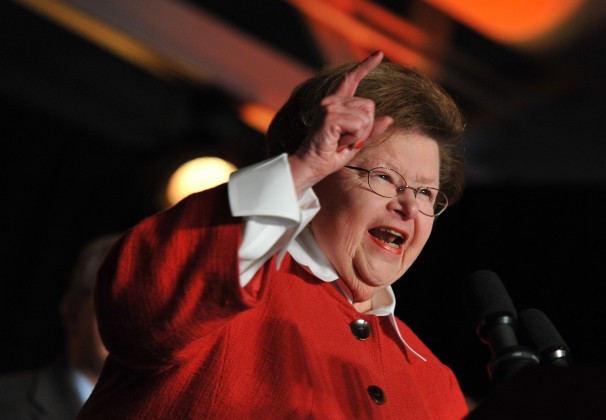 All JHU students, faculty, and staff are invited to join Women Faculty Forum on Monday evening for comments and discussion on mentorship, community, and equity. After comments by Professor Karen Fleming, Dean Beverly Wendland, and Senator Barbara Mikulski, join round table discussions anchored by:
All JHU students, faculty, and staff are invited to join Women Faculty Forum on Monday evening for comments and discussion on mentorship, community, and equity. After comments by Professor Karen Fleming, Dean Beverly Wendland, and Senator Barbara Mikulski, join round table discussions anchored by:
Candice Baldwin, Director of Hop-In
Linda Boyd, Interim Asst Vice Provost & Title IX Coordinator
Irene Ferguson, Director of Student Enrichment Programs
Bertrand Garcia-Moreno, Biophysics
Joy Gaslevic, Interim VP for Institutional Equity
Jeff Gray, Chemical & Biomedical Engineering
Jeannine Heynes, Director of Women & Gender Resources
Bonnie Jin, News-Letter
Alexandra Lossada, English; PhD Student Advisory Committee
Chika Mese, Math
Diva Parekh, News-Letter
Gabrielle Spiegel, History
Gabi Swistara, News-Letter
Yi Wang, Math
Good food, good company, & kids welcome: that’s Where We Stand, in a nutshell, 5 years running! 🙂
 Our 5th annual Where We Stand event (Monday, 5:30pm, Mudd Atrium) is star-studded and we hope you will join the constellation! Join Professor Karen Fleming, Dean Beverly Wendland, and Senator Barbara A. Mikulski for their insights on mentorship, community-building, and equity.
Our 5th annual Where We Stand event (Monday, 5:30pm, Mudd Atrium) is star-studded and we hope you will join the constellation! Join Professor Karen Fleming, Dean Beverly Wendland, and Senator Barbara A. Mikulski for their insights on mentorship, community-building, and equity.

 Here’s the abstract:
Here’s the abstract: